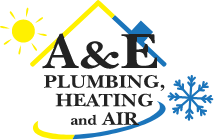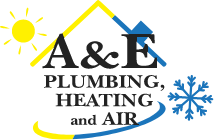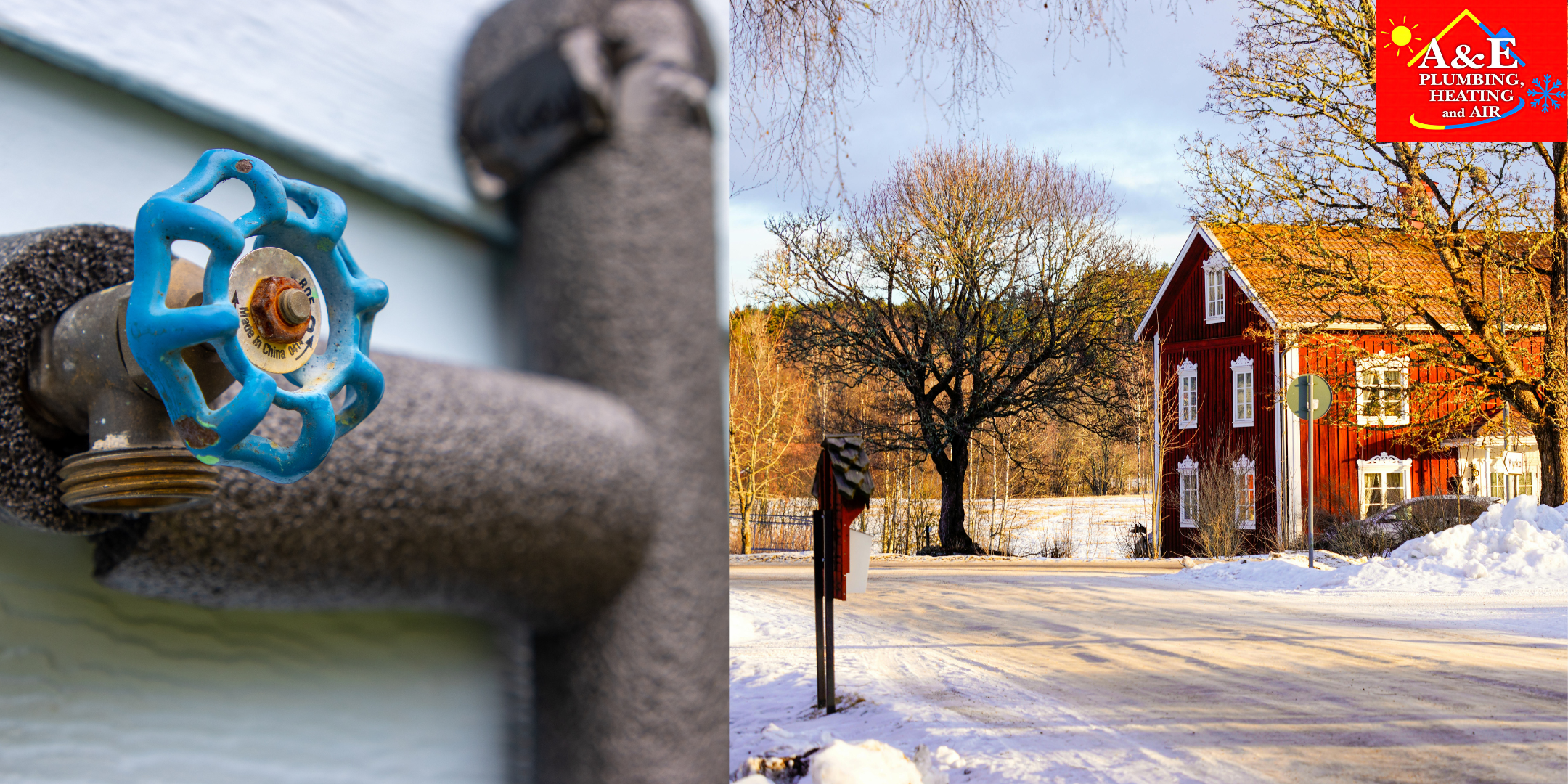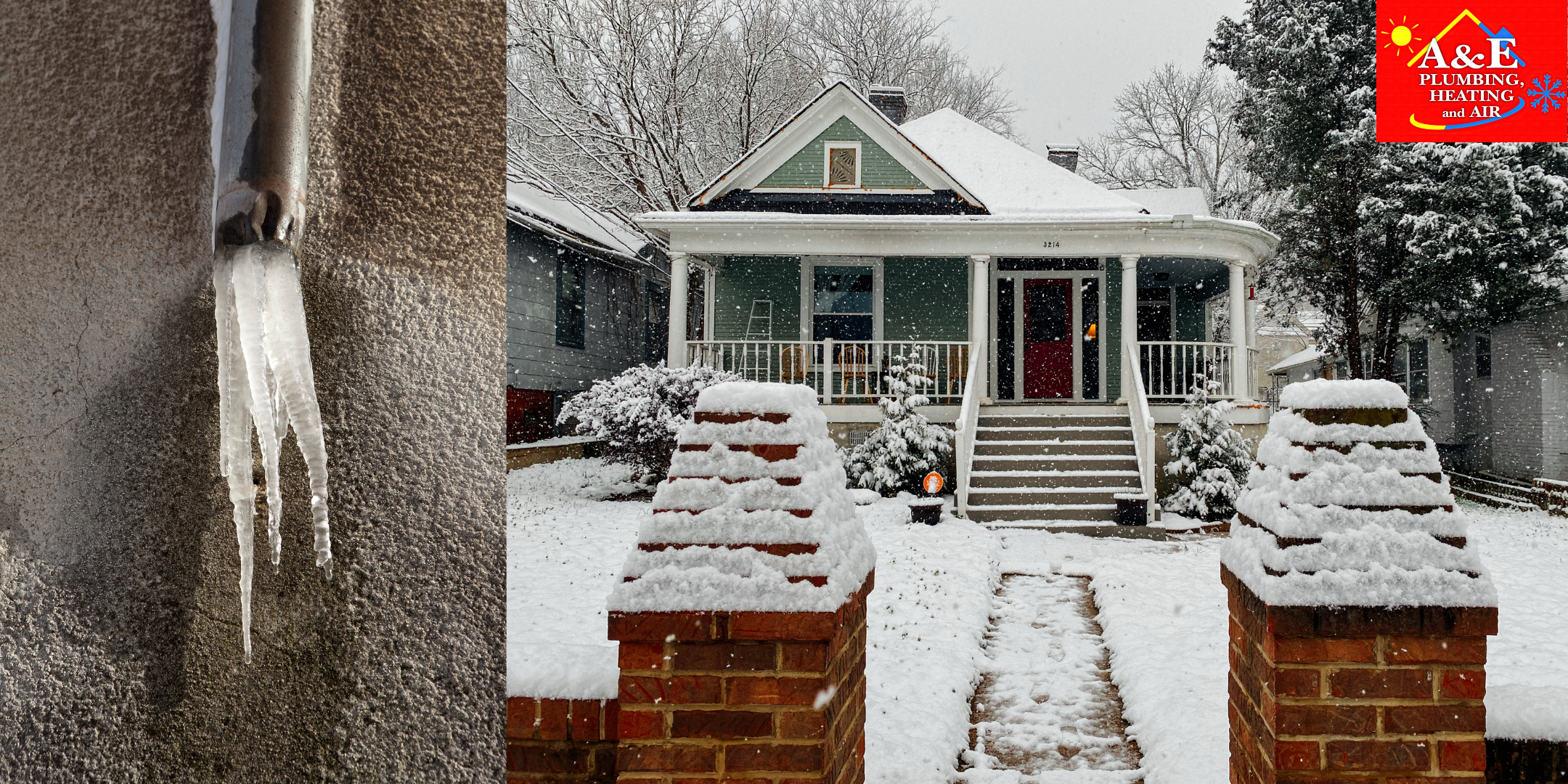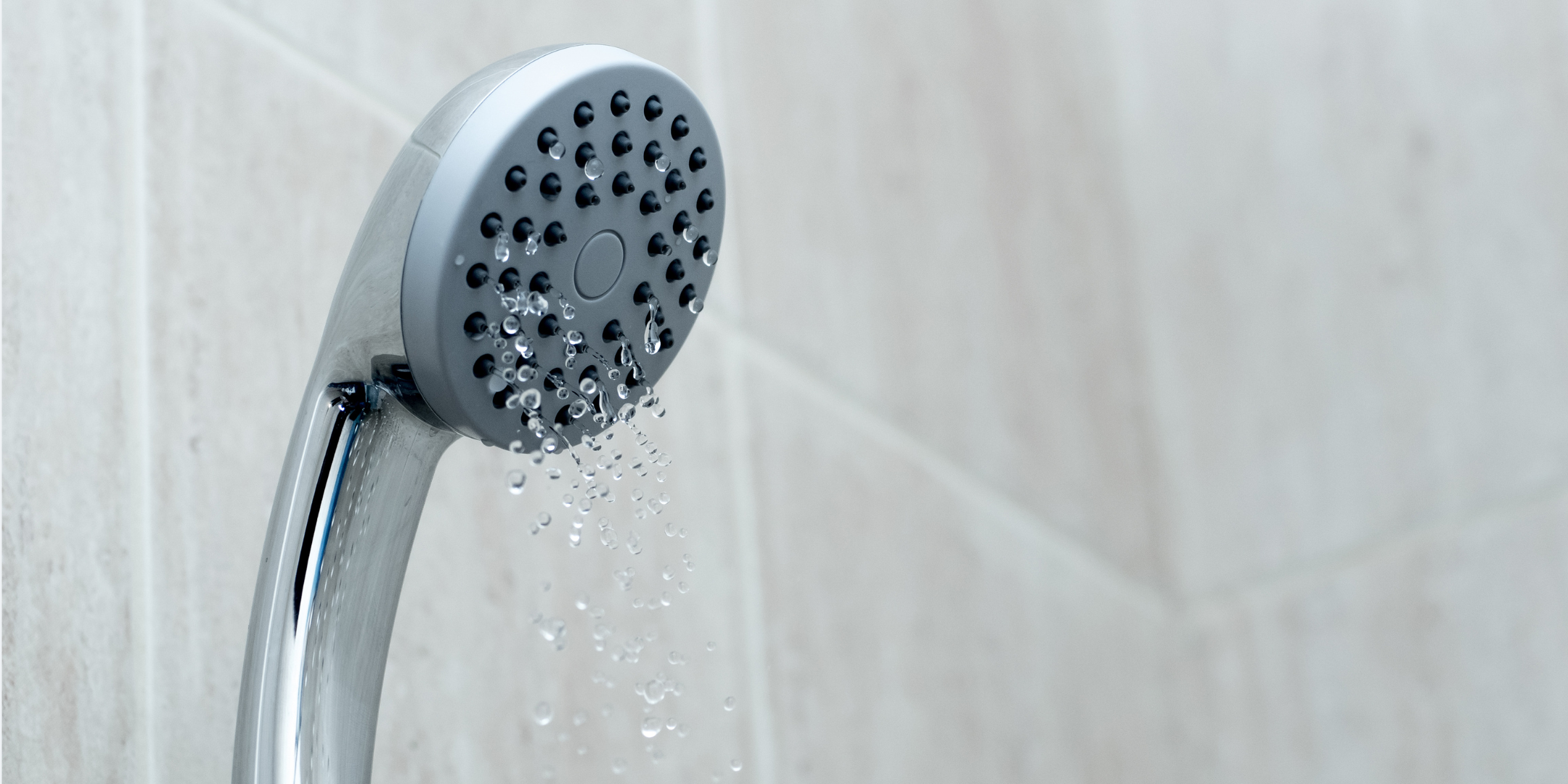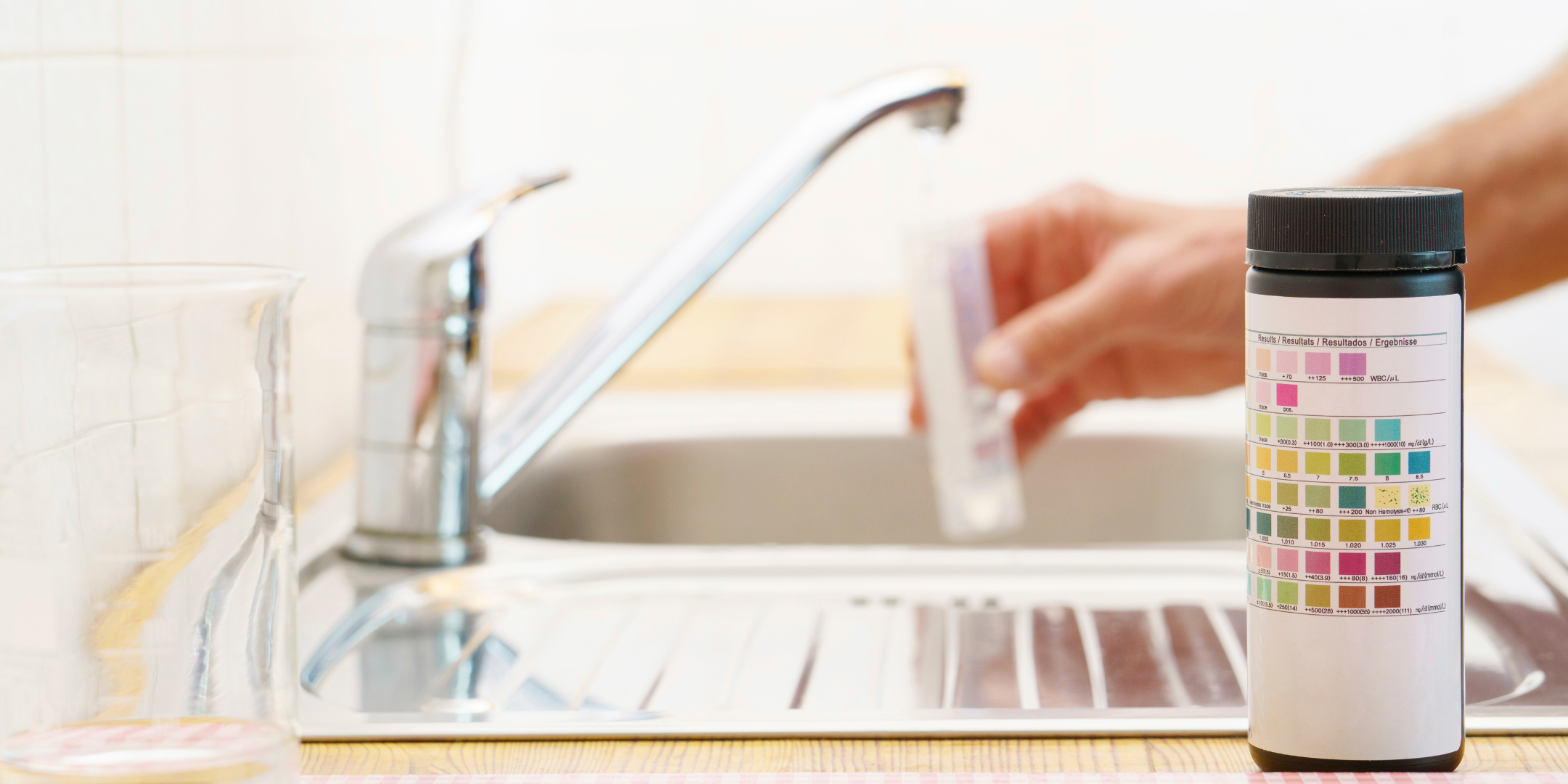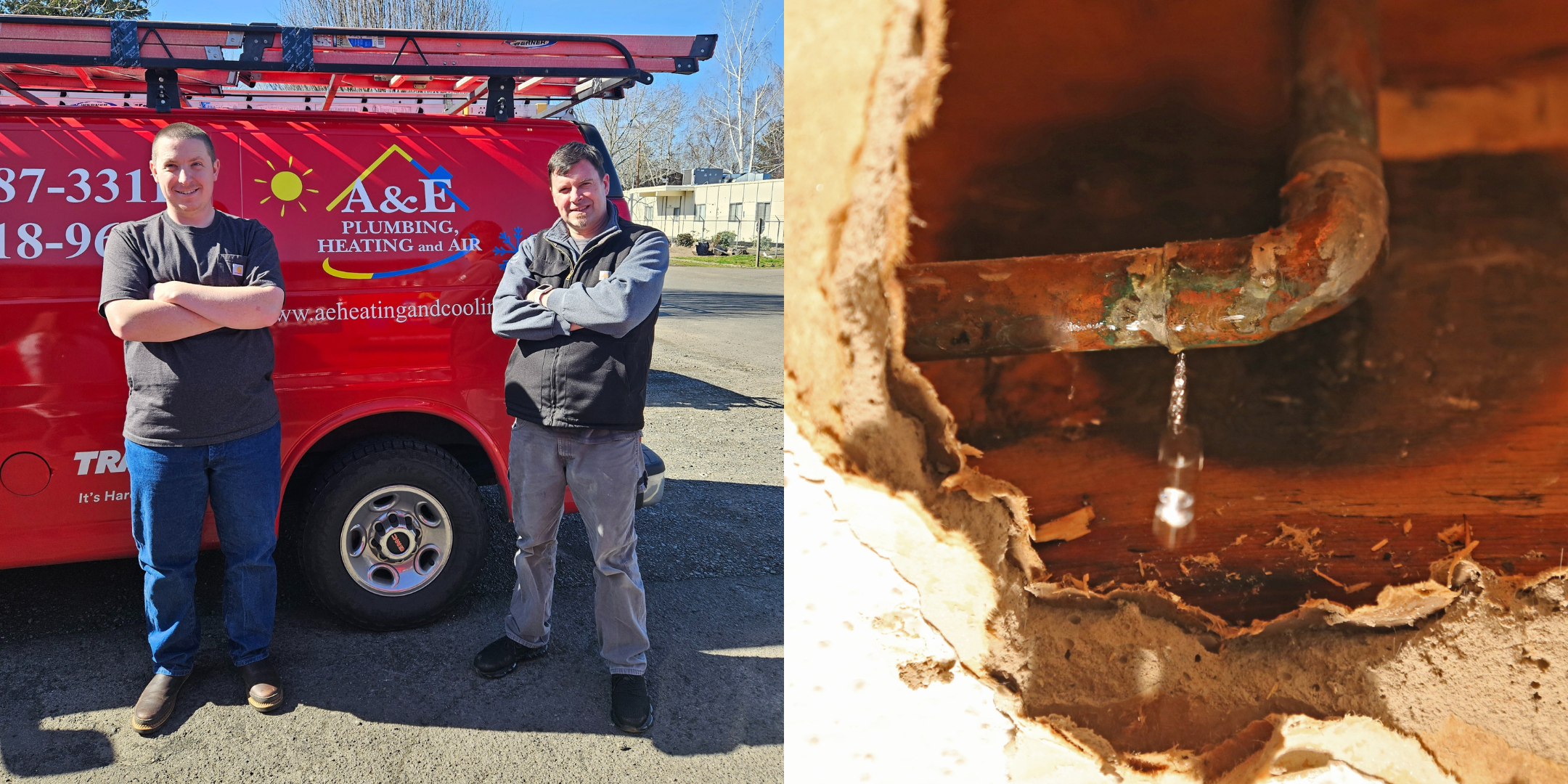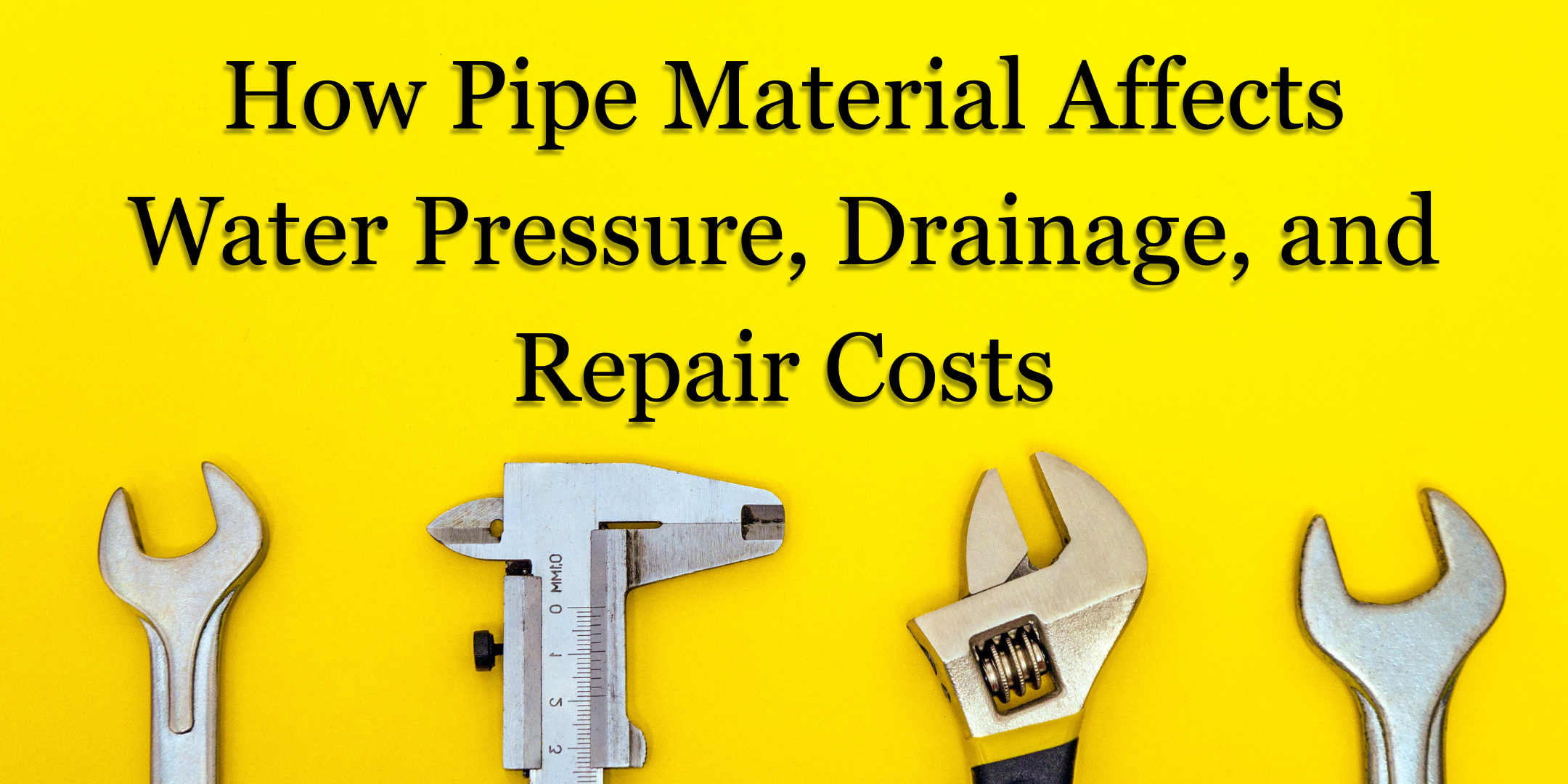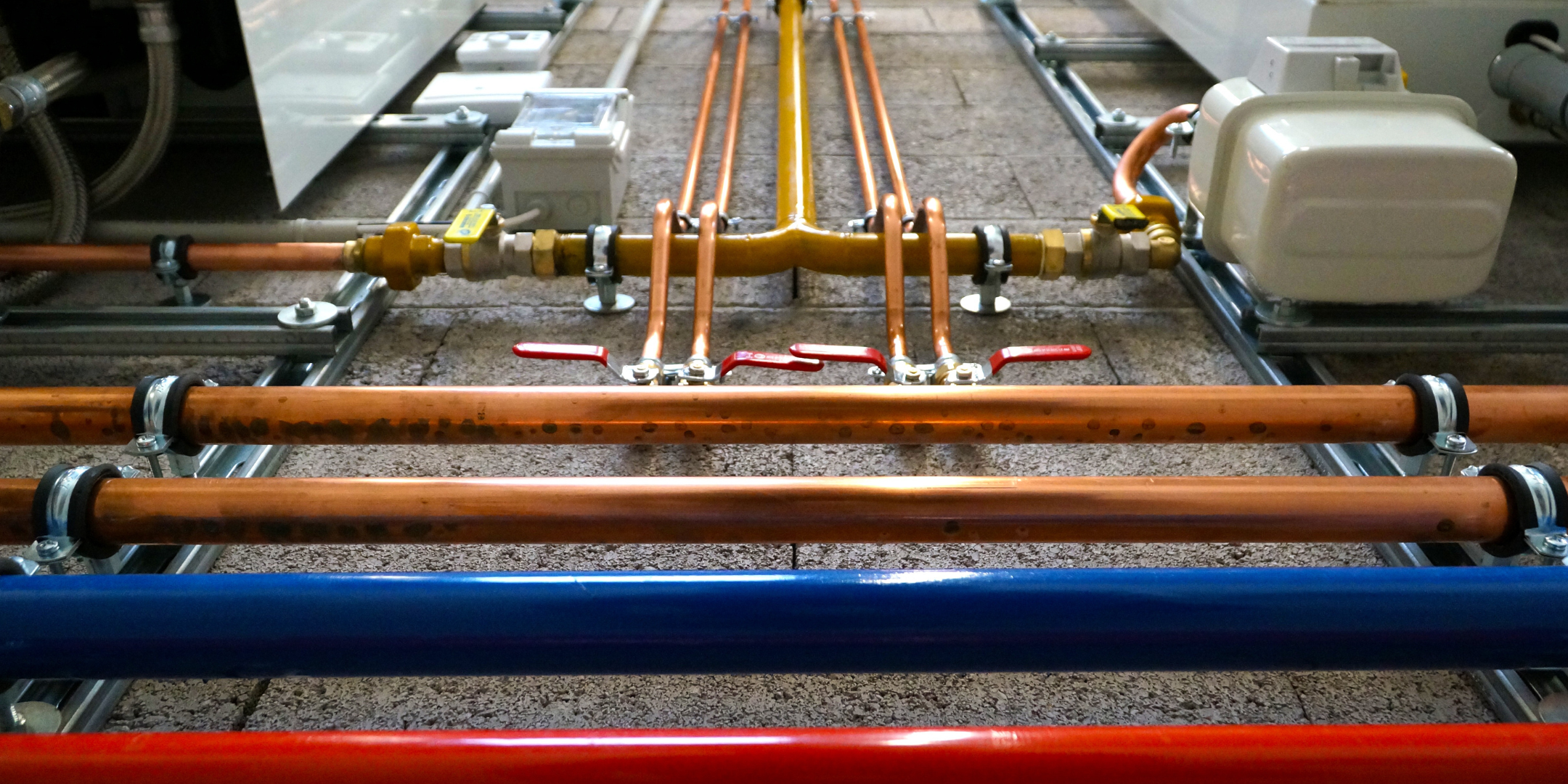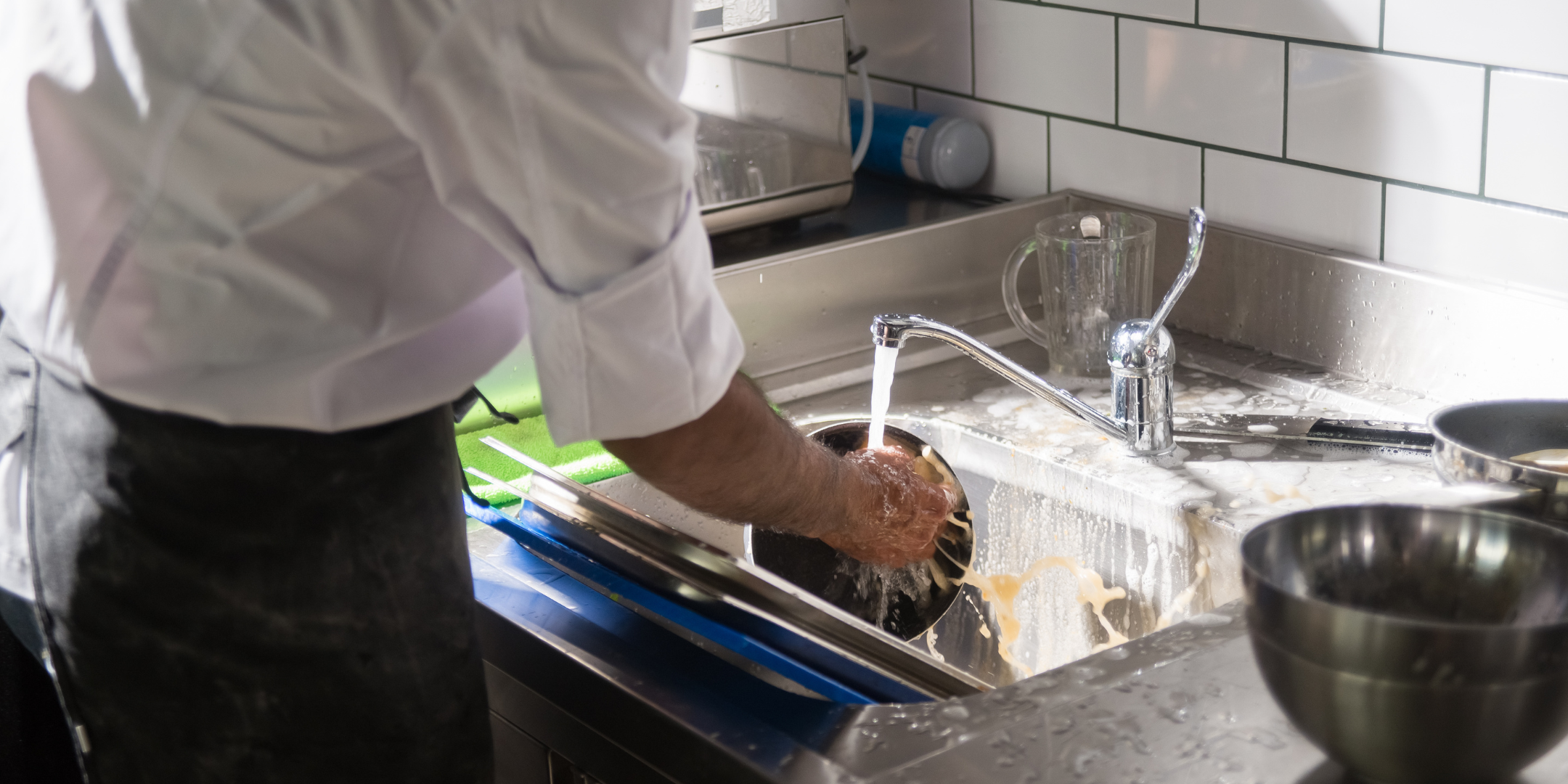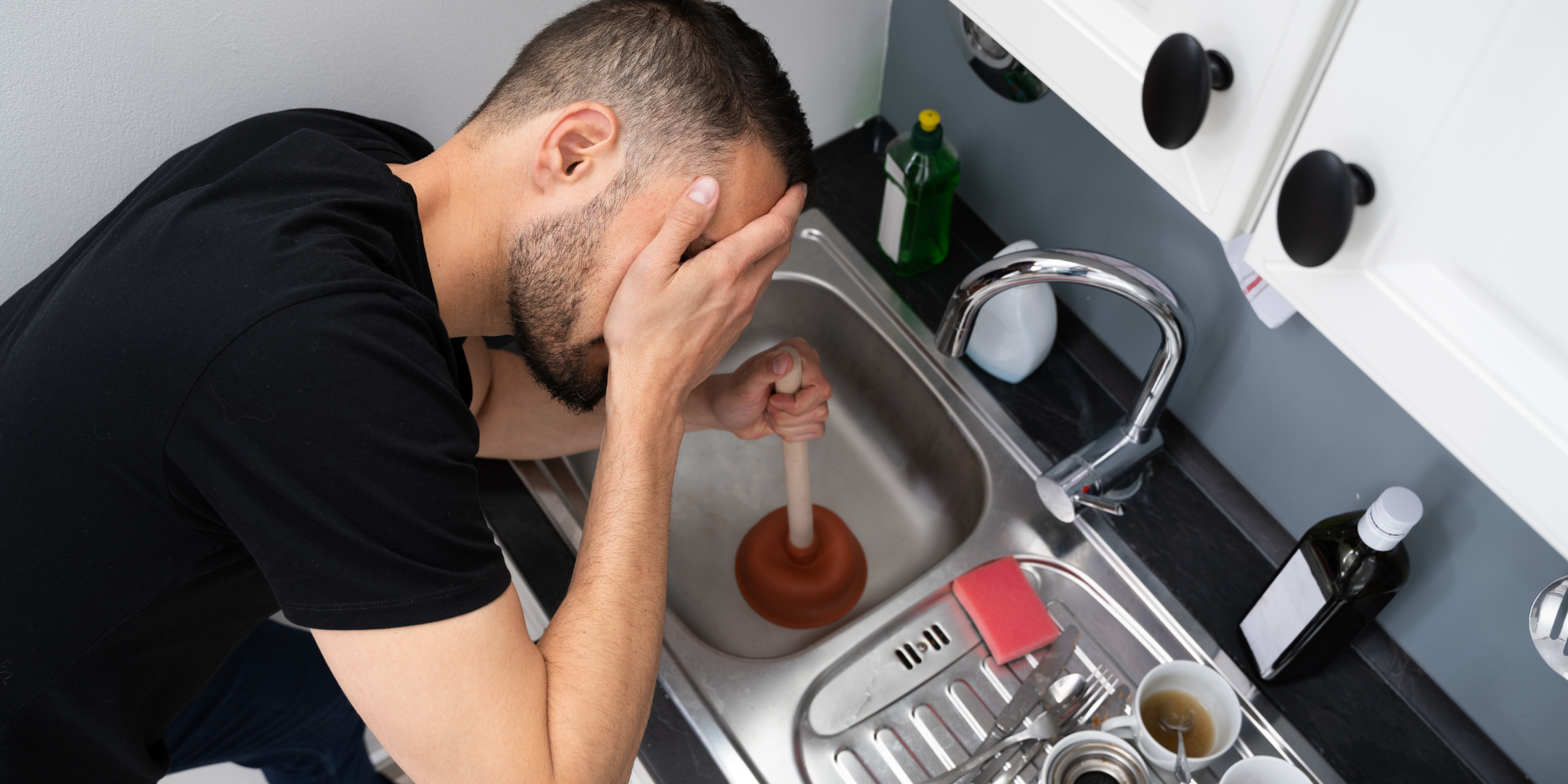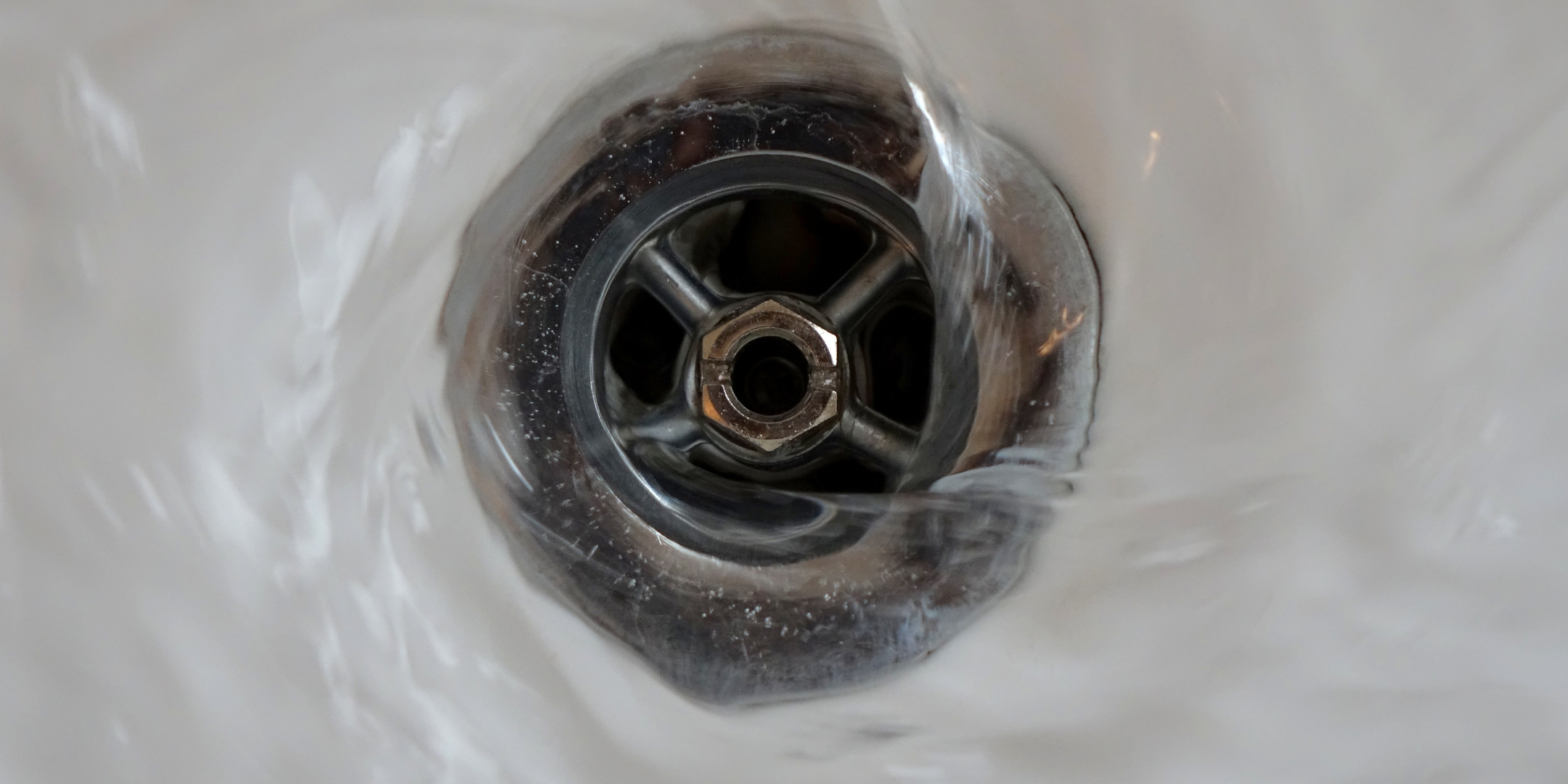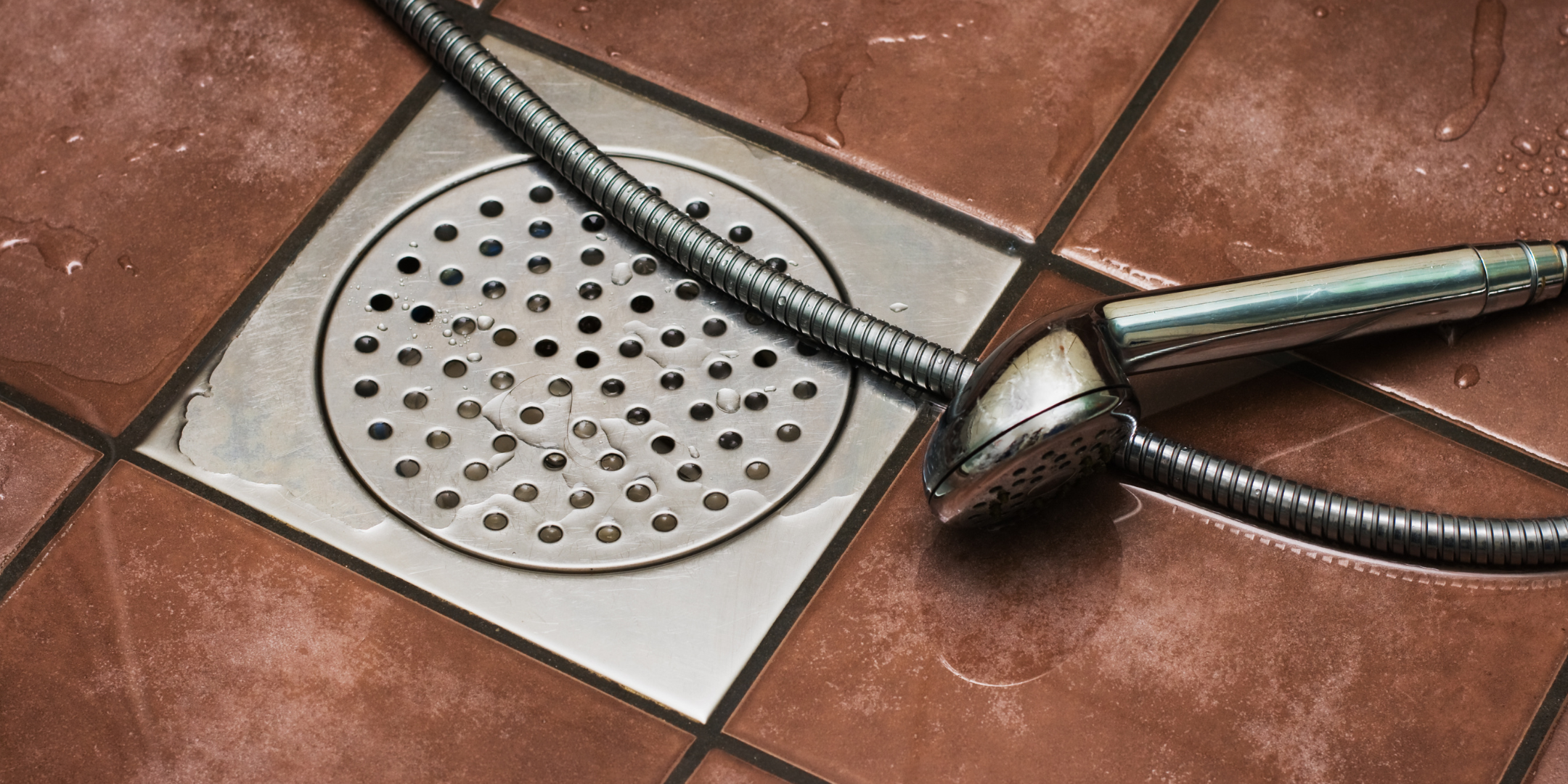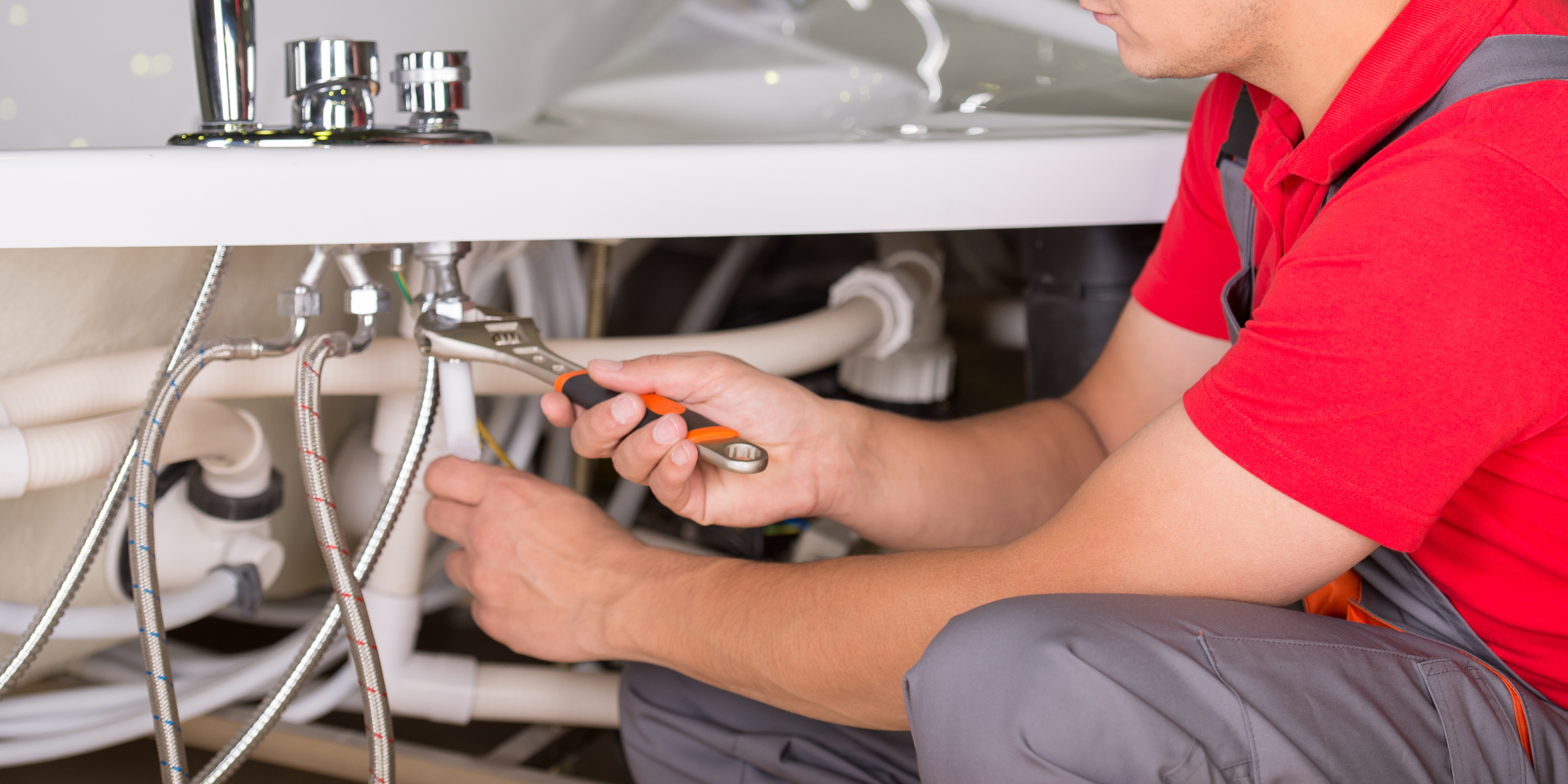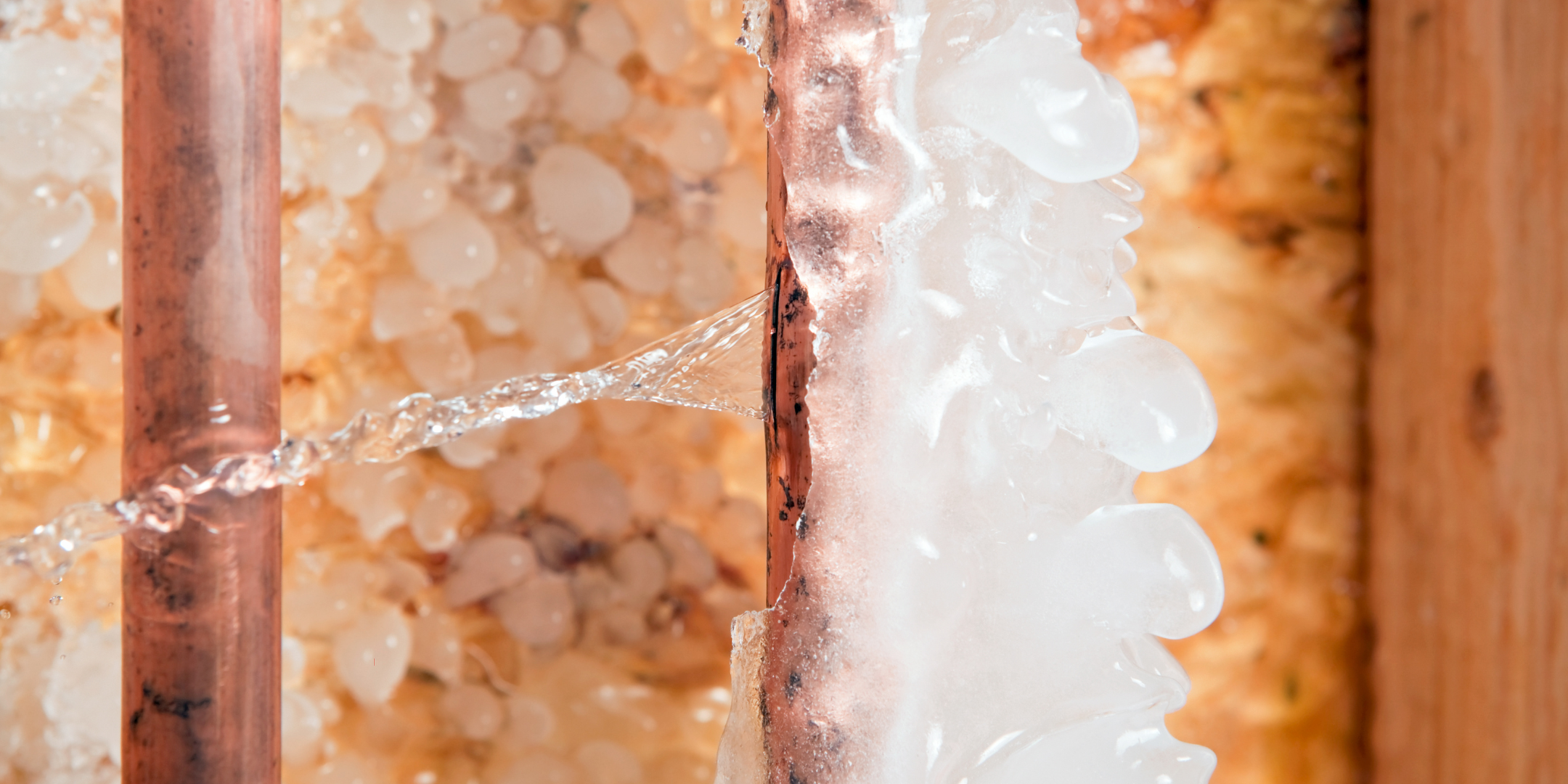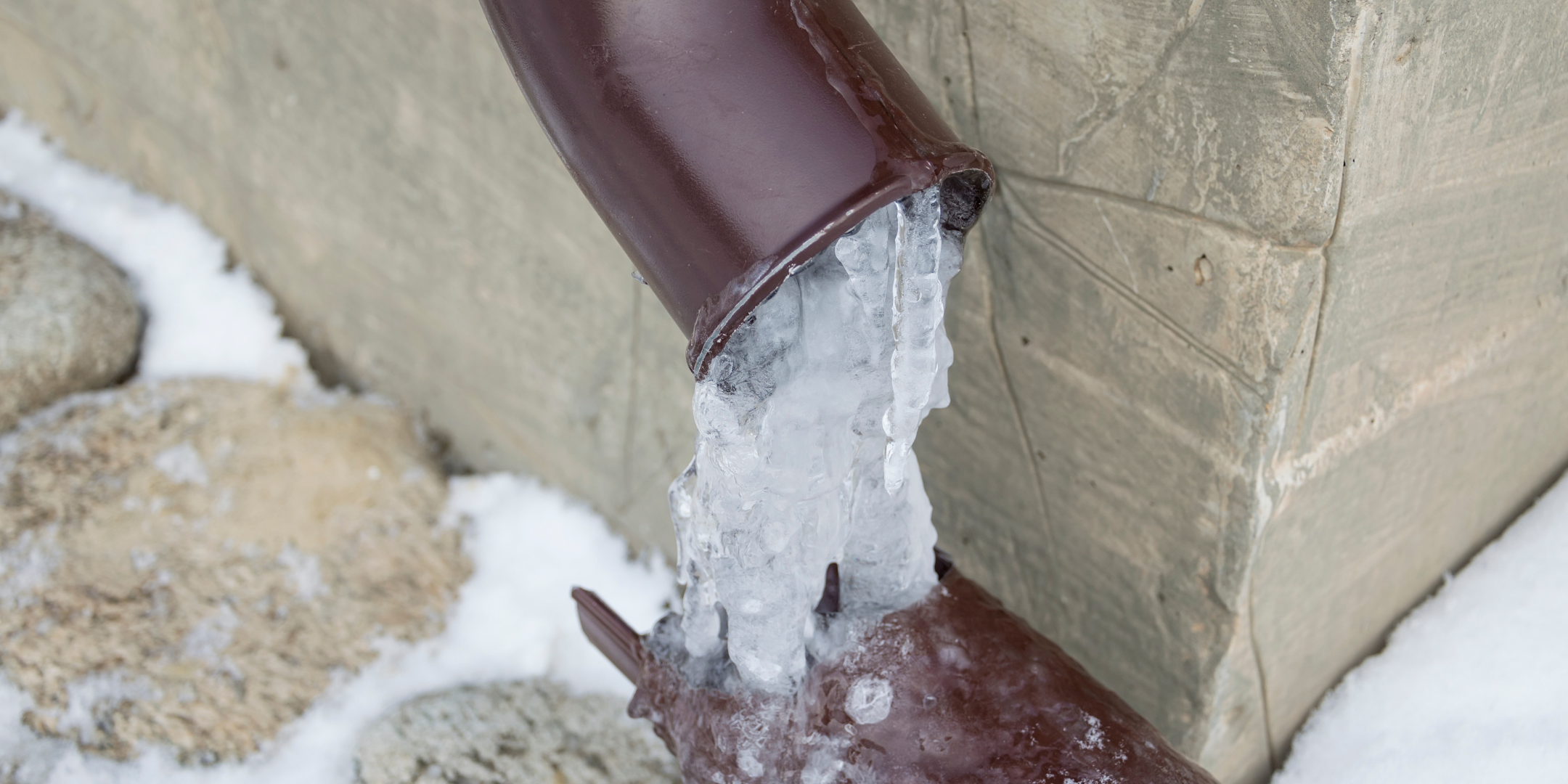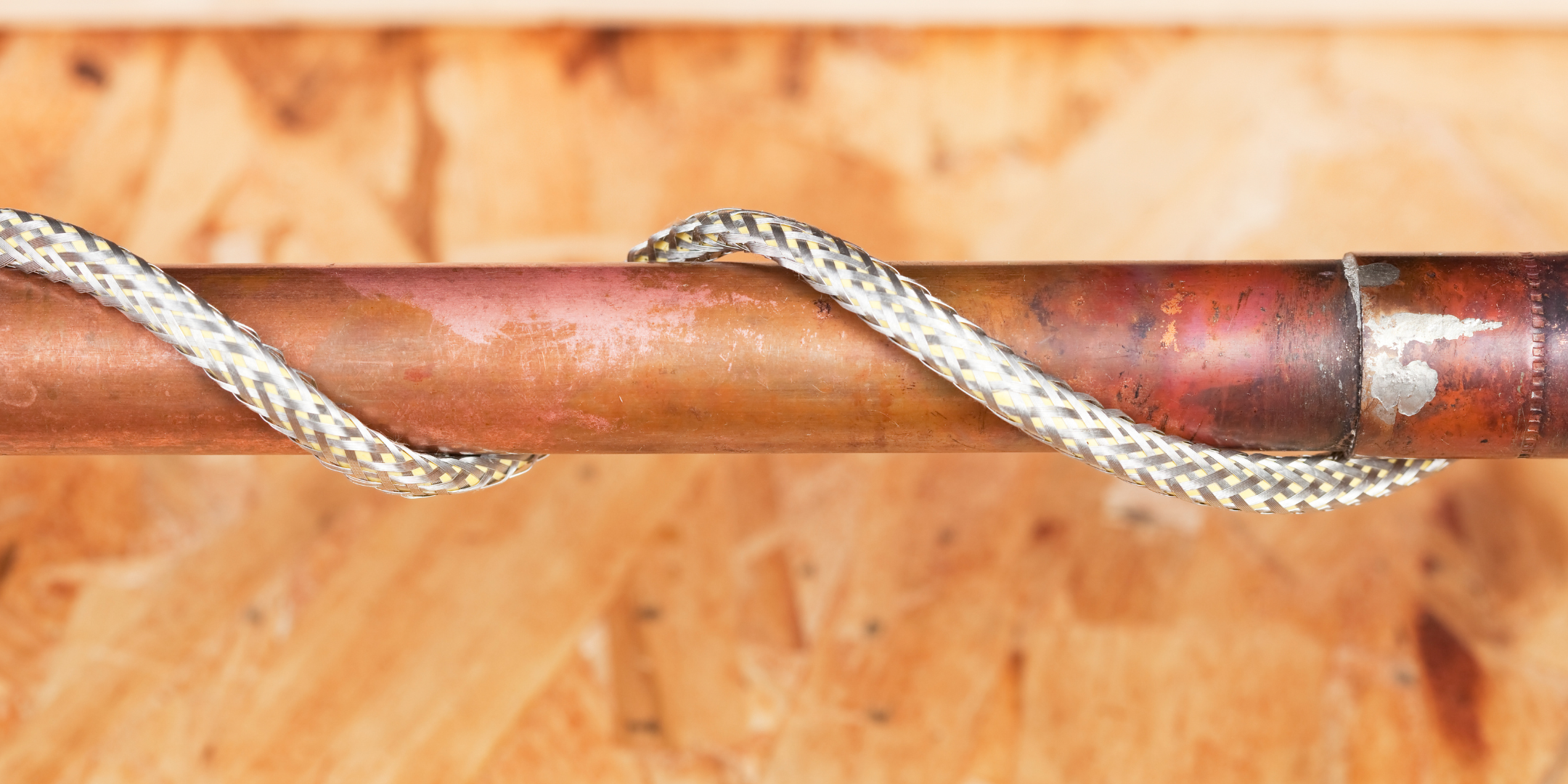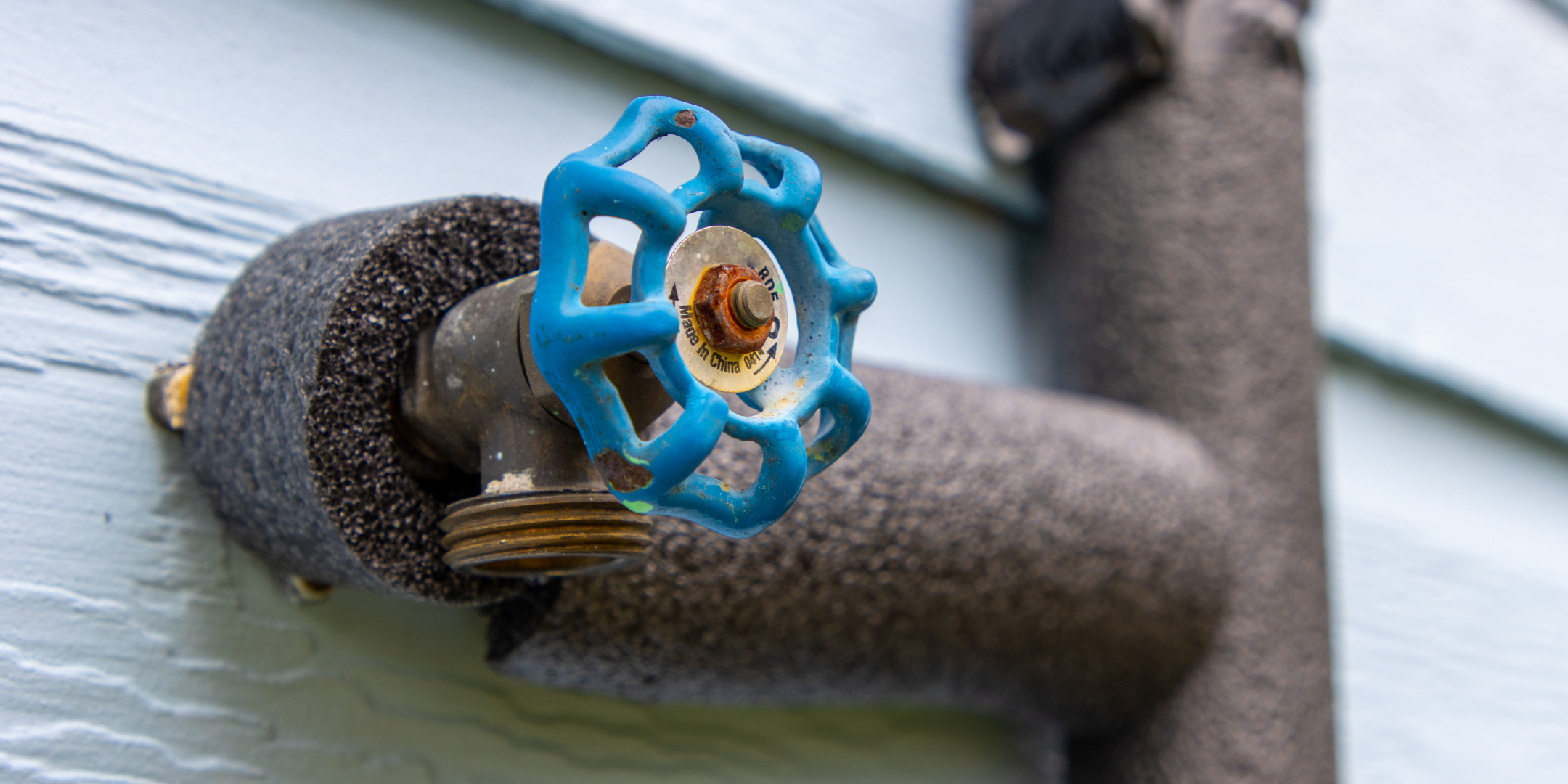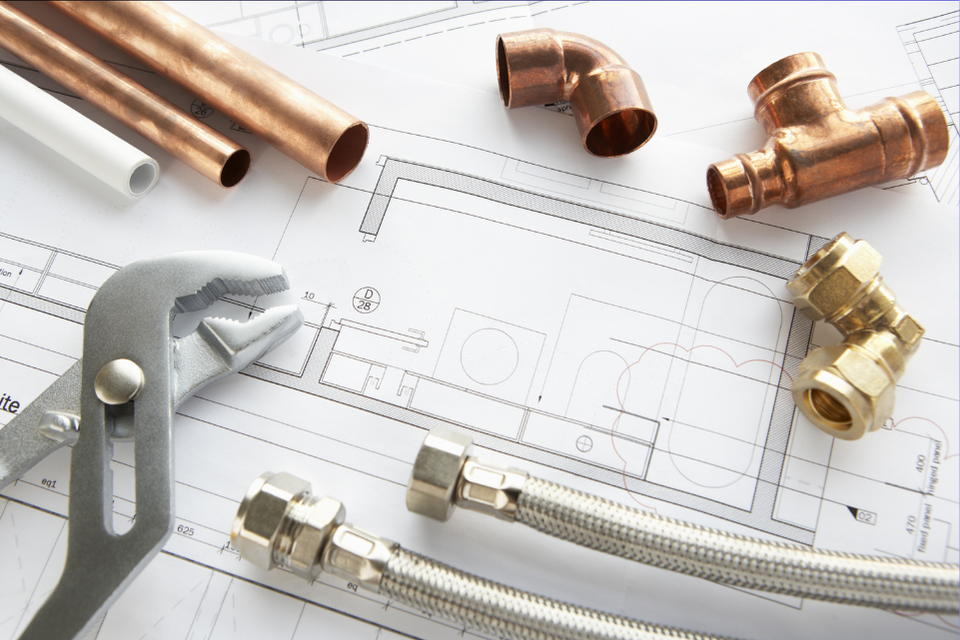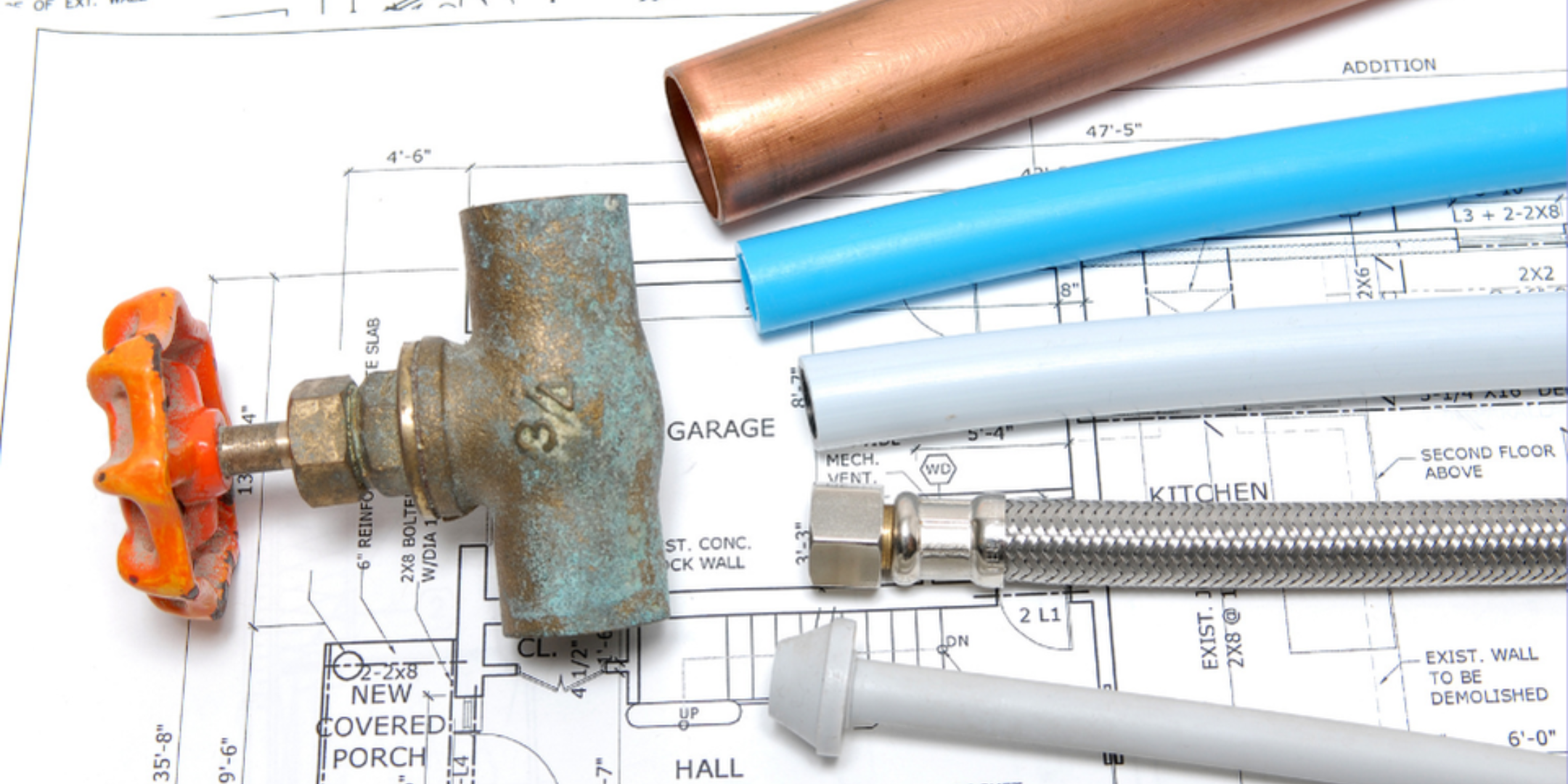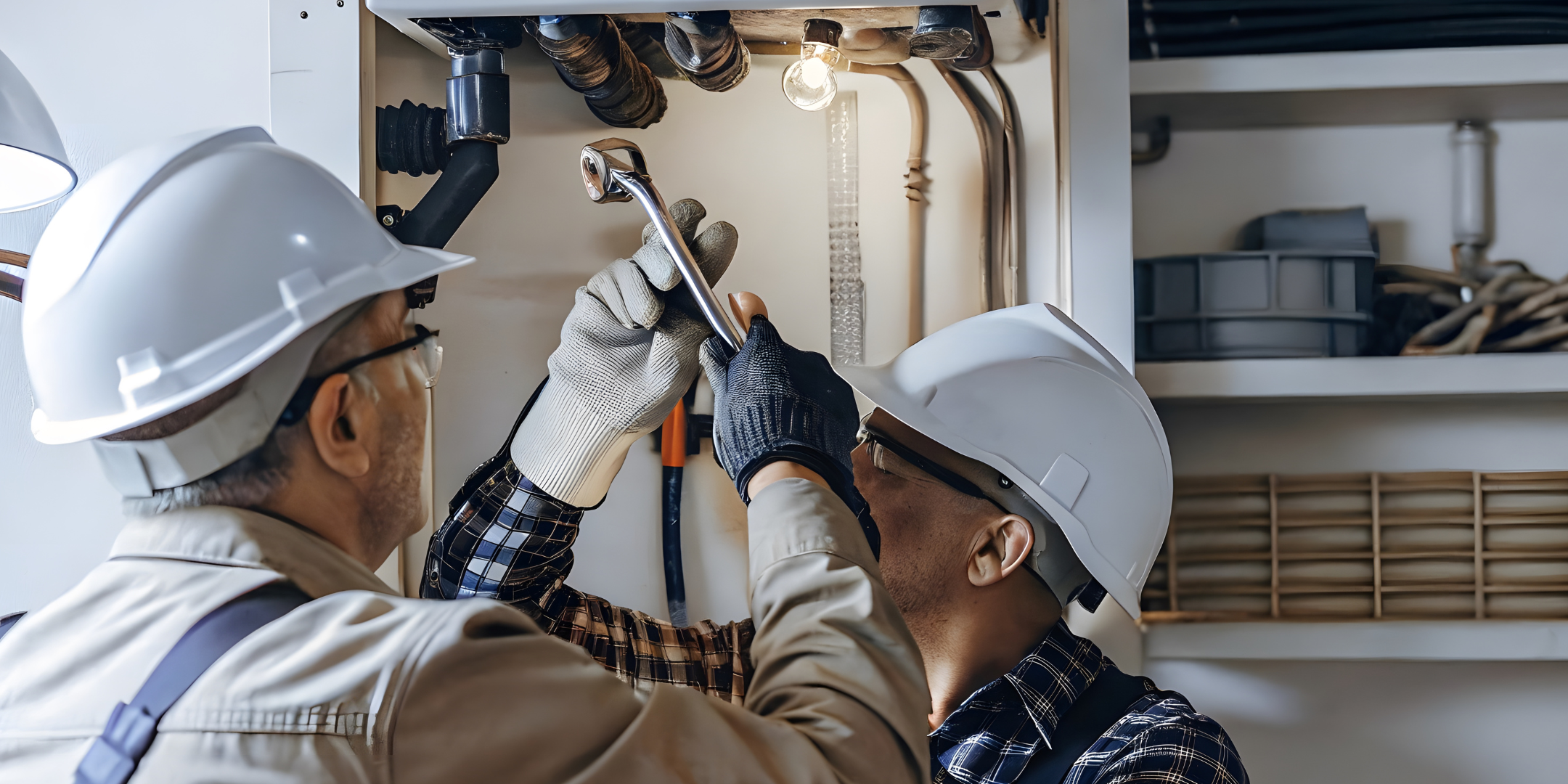
If you’ve ever worried about what that mystery leak might cost—or how long your aging pipes will last— you’re in the right place. Plumbing problems can be stressful, unpredictable, and expensive if left unchecked.
you’re in the right place. Plumbing problems can be stressful, unpredictable, and expensive if left unchecked.
At A&E Plumbing, Heating and Air, we’ve spent over 17 years helping homeowners across the Columbia River Gorge and throughout the Gresham Portland Metro navigate these exact issues with honesty, clarity, and real solutions.
By the end of this article, you’ll know what pipe repairs and replacements actually cost, what drives those prices, and how smart maintenance choices today can save you thousands down the road.
Average Cost of a Full-Home Repipe (by Material)
Here’s a general breakdown of what to expect, depending on the material:
PEX: $3,500–$7,000+
Today’s go-to choice. Flexible, freeze-resistant, and easier to install—especially in tight spaces or around corners. PEX is often more cost-effective than other materials.
PVC: $4,000–$8,000+
A budget-friendly option used mostly for drain, waste, and vent lines. Not always allowed for drinking water supply inside the home, depending on your local plumbing code.
Copper: $8,000–$15,000+
Long-lasting and incredibly durable, but expensive in both material and labor. It also requires open access, meaning more drywall and tile removal during installation.
Galvanized Steel: $5,000–$9,000+
Common in homes built before the 1960s, galvanized pipes are made of zinc-coated steel that corrodes from the inside out over time. That corrosion often leads to low water pressure, rusty-colored water, and clogs you can’t seem to fix. Replacing galvanized plumbing is more labor-intensive, especially when tying into modern materials like PEX or copper.
Cast Iron: $6,000–$12,000+
Once the gold standard for drain and sewer lines, cast iron is incredibly strong—but also incredibly heavy. It’s often buried under floors or hidden inside walls, making it harder to access. Repairs usually require cutting through thick material and using specialized connectors. Removal and replacement is a major job, especially in older or historic homes.
These ranges assume a single-family home between 1,200 and 2,500 square feet. Larger homes, multiple stories, or complex layouts can push costs higher.
Common Pipe Repair Costs (and What They Actually Cover)
Not all pipe problems require a full overhaul—sometimes, the issue really is limited to one bad section. But even a single repair can come with a lot of unknowns, especially when you don’t know what kind of material you’re dealing with or how accessible the pipe is.
Here’s a breakdown of typical repair costs by pipe type, what’s involved, and when these numbers apply:
PVC Section Replacement: $150–$300+
PVC (polyvinyl chloride) is one of the most common plumbing materials in modern homes, especially for drain, waste, and vent lines. It’s lightweight, resistant to corrosion, and easy to work with. When there's a leak or crack, repairs are relatively simple—cut out the damaged section, glue in a new one, and you’re good to go.
drain, waste, and vent lines. It’s lightweight, resistant to corrosion, and easy to work with. When there's a leak or crack, repairs are relatively simple—cut out the damaged section, glue in a new one, and you’re good to go.
- Best-case scenario: The pipe is in an unfinished crawlspace or basement and can be reached without cutting into walls.
- Cost increases if: The pipe is hidden behind a finished wall or part of a larger issue (like improper slope or sagging that requires more than a quick swap).
PVC repairs are some of the least expensive because they don’t require special tools or materials, and labor time is typically short.
Galvanized Pipe Section Replacement: $300–$500+
Galvanized pipes were widely used in homes built before the 1960s. They’re made of steel coated with zinc, but over time, that coating wears away and the pipes start to corrode from the inside out. This leads to low water pressure, discolored water, and clogs that just keep coming back.
zinc, but over time, that coating wears away and the pipes start to corrode from the inside out. This leads to low water pressure, discolored water, and clogs that just keep coming back.
Replacing a section of galvanized pipe isn’t just about removing the visible damage—it usually requires cutting through thick, heavy steel, threading new ends, and ensuring the new section ties in correctly with your home’s plumbing system. This often means transitioning to copper or PEX, which can drive the price up slightly depending on what fittings are needed.
- Common signs it’s time: Brown water, poor flow from multiple fixtures, or visible rust on exposed pipes.
- Cost increases if: The pipe runs behind finished walls or the system has already had several patch jobs in different spots. That often signals it’s time for a full evaluation.
Cast Iron Joint Repair: $400–$600
Cast iron was the go-to material for drain and sewer lines in older homes due to its durability and strength. But it’s not immune to age—over time, the joints where sections connect can rot, shift, or crack, leading to leaks, bad smells, or sewer backups.
But it’s not immune to age—over time, the joints where sections connect can rot, shift, or crack, leading to leaks, bad smells, or sewer backups.
Cast iron repairs are among the priciest “spot fixes” because they involve heavy cutting tools, sometimes specialized connectors, and navigating tight, hard-to-reach spaces. These pipes are usually under floors, buried in crawlspaces, or behind thick walls in older buildings.
- Makes sense if: The damage is isolated to a joint and the rest of the line is structurally sound.
- Cost increases if: The surrounding cast iron is brittle or compromised. If the joint is cracked, chances are the neighboring sections aren’t far behind.
“Spot Fixes” vs. Bigger Problems
These prices assume that your pipe issue is isolated and accessible. If multiple areas are leaking or you’ve had more than one repair in a short period of time, it might be more cost-effective to consider a repipe strategy—even if it’s phased over time.
Still unsure which material you have or whether a repair is worth it? One of the most useful things you can do is get a full system inspection. It’s a relatively low-cost way to get clarity on what’s happening behind your walls—and whether today’s issue is a one-off or part of a bigger pattern.
5 Reasons that Drive the Price Up (Or Down)
When homeowners hear these numbers, the next thought is usually, “What could make this even more expensive?” It’s a fair question—and a smart one.
Here are some of the biggest cost factors:
1. Pipe Access
One major factor is where the pipes are located. Accessing a line in a crawlspace or unfinished basement is far simpler than cutting into tiled walls or concrete slabs.
is far simpler than cutting into tiled walls or concrete slabs.
Ask yourself:
- Are the pipes in finished walls?
- Do they run under flooring or cabinetry?
- Will fixing them require removing drywall, tile, or flooring?
All of these can increase labor time—and therefore cost. Even a minor repair becomes more expensive if it requires careful demolition and restoration.
2. Material Removal
- Older galvanized or cast iron pipes take more effort to cut out, haul away, and dispose of.
- Homes with mixed plumbing materials may require extra fittings or adapters to tie into new systems.
3. Fixture Count
The more sinks, showers, toilets, and outdoor spigots you have, the more plumbing you’ll need. Each fixture adds parts, labor, and time to the job.
4. Code Requirements & Permits
In many areas, a full repipe triggers code upgrades, such as new shutoff valves, expansion tanks, pressure regulators, or venting changes.
You’ll also need local permits and inspections—plan for about $200–$1,000 depending on your municipality.
5. Wall and Surface Restoration
If walls, ceilings, or flooring need to be opened to access piping, you’ll want to budget for patching and finishing after the plumbing work is done. Some plumbers include this; others don’t.
Do I Really Need to Replace All the Pipes?
A common concern is whether full replacement is truly necessary—or if you can just replace the bad sections and keep going. Here’s how to decide:
sections and keep going. Here’s how to decide:
- You’re seeing repeat leaks in different areas of the home.
- Your water is brown, rusty, or smells metallic.
- You have poor water pressure throughout the house—not just at one fixture.
- Your pipes are galvanized, cast iron, or polybutylene (an outdated plastic prone to failure).
- You’re doing a major remodel anyway—this is often the smartest and least disruptive time to do a repipe.
A full repipe is an investment—but it’s also a reset. It eliminates the guesswork and emergency calls, and gives you a clean slate with modern, efficient materials. Plus, new plumbing systems can add value to your home and help prevent water damage, which is one of the most expensive (and stressful) problems homeowners face.
Common Questions That Affect the Bottom Line
You may be thinking:
“Can I just patch it for now?”
Sometimes, yes—but temporary fixes often just delay the inevitable. Leaks usually point to deeper issues like pressure imbalances or material failure.
“How do I know if I’m being upsold?”
A good contractor should give you multiple options, clearly explain what’s urgent versus what can wait, and never pressure you into a full repipe without evidence (like multiple weak points, severe corrosion, or water damage risk).
“What if I can’t afford a major repair right now?”
You’re not alone. In many cases, phased repair plans or financing options can help you take care of critical areas first while planning for long-term upgrades. But waiting too long can backfire—delayed repairs often lead to bigger structural damage and significantly higher bills.
Pipe Repair or Replacement? How to Decide What Makes Sense
If you started this article feeling unsure about what a pipe repair or full replacement might cost, you're not alone. Plumbing issues often show up suddenly, with little context—and the unknowns can feel overwhelming. But now, you’ve seen what different pipe materials cost to fix or replace, what factors drive up pricing, and how to tell when it’s time to plan ahead.
alone. Plumbing issues often show up suddenly, with little context—and the unknowns can feel overwhelming. But now, you’ve seen what different pipe materials cost to fix or replace, what factors drive up pricing, and how to tell when it’s time to plan ahead.
By understanding the signs of aging plumbing, the pros and cons of different materials, and how access and code upgrades affect your bottom line, you’ve taken the first step toward making smarter, more informed choices for your home.
With over 17 years of experience in plumbing and HVAC systems, we’ve seen just about every scenario—from quick fixes to full-home overhauls—and we’re here to help guide homeowners toward solutions that are both practical and cost-effective.
So whether you're actively dealing with leaks or just planning ahead for a remodel or future upgrade, this is the time to ask questions, explore your options, and protect your home before small issues become major ones. Contact us to schedule your whole-home plumbing inspection, or get started on your replacement project today!
Daphne Hunt holds a bachelor's degree in English and Mass Communication and has a lifelong passion for writing. She thrives on using her skills to craft compelling pieces that inform, inspire, and connect with readers.
Topics:
